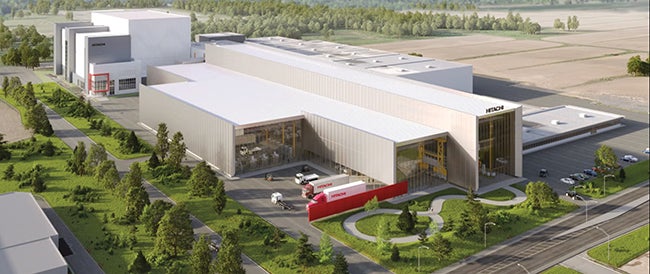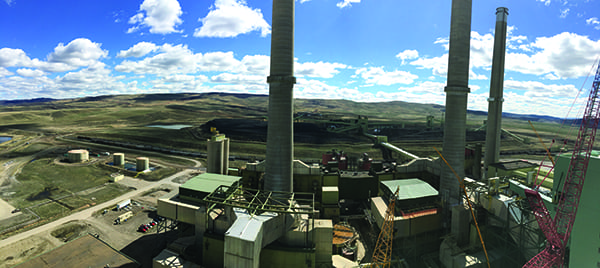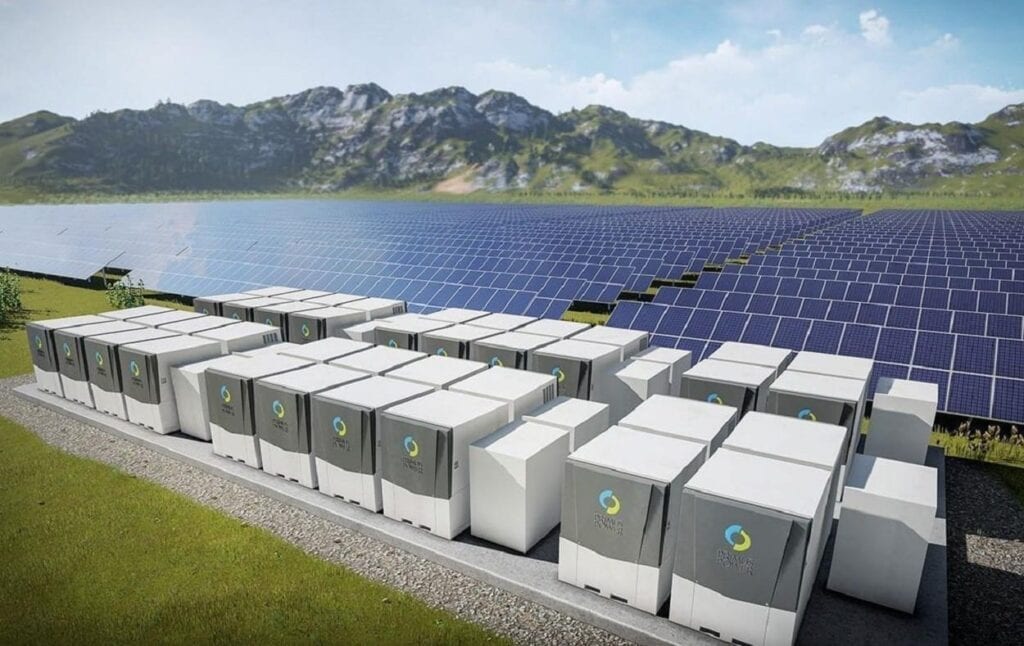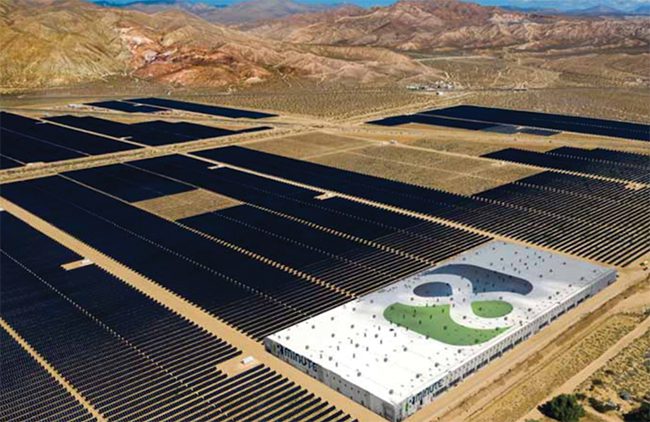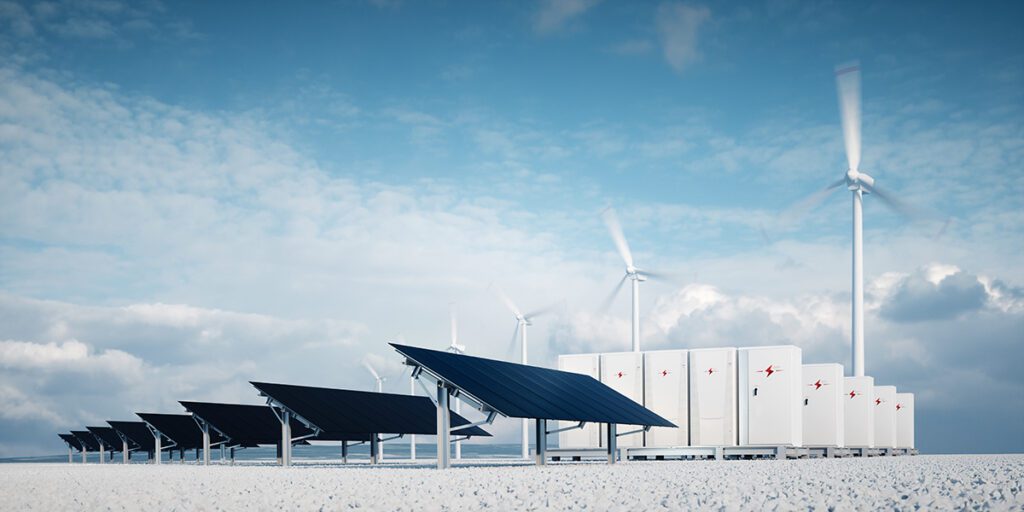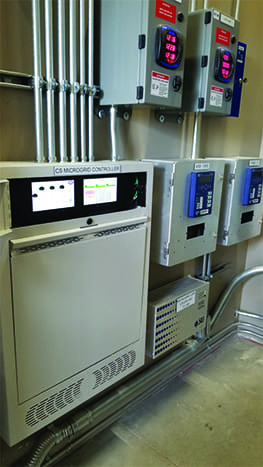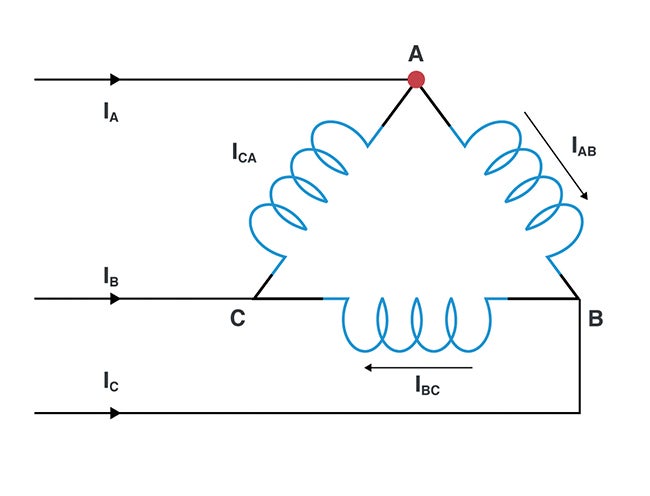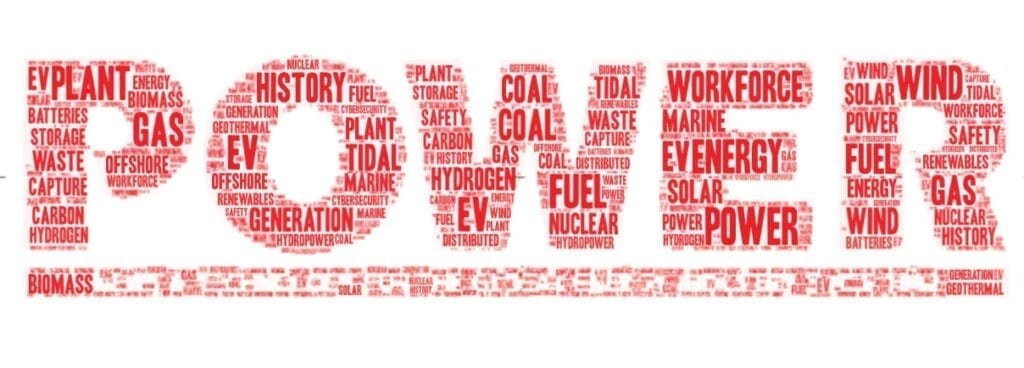Energy experts think solar power still has a bright future, even as challenges impact the industry.
Power generation from solar photovoltaic (PV) technology has increased dramatically over the past few years, driving the market for the use of renewable energy resources. The U.S. Energy Information Administration (EIA) said the U.S. had 239 GW of installed PV, including utility and small scale, at the end of 2024.
The EIA said the U.S. generated 218.5 TWh of solar power last year; when including small-scale generation, the figure rises to 303.2 TWh. Energy analysts have said those numbers are helped by the increased use of energy storage systems, enabling solar power to be stored for later use when the sun isn’t shining.
Eric Packer, senior vice president of Strategic Initiatives at Rexel USA, one of the largest electrical distribution companies in the U.S., recently told POWER that his company’s “outlook remains positive for PV and energy storage systems. Stored solar energy enables the allocation of energy on demand instead of only being able to have energy when the sun is up, which has been a limiting factor. We continue to see interest and investments in microgrids, which harness solar energy and reapply it back to the grid at peak demand times or as needed from demand.”
Packer continued: “The outlook for residential solar in 2025 is generally positive, with growth expected to continue due to factors such as rising electricity costs and technological advancements; however, the future is uncertain for federal incentives, state rebates, and grants. The ‘X’ factor of concern will be manufacturing and supply. Domestic production may play a limiting factor for product availability as imports will potentially face additional tariffs in the future.”
For more information about technology innovations and their impact on the solar power industry, read “Next-Generation Panels Recharge Utility Solar Economics” on powermag.com.
The 2022 passage of the Inflation Reduction Act (IRA) spurred companies to take advantage of federal government incentives for domestic manufacturing of solar power equipment. Several new factories already have been built; the Solar Energy Industries Association (SEIA) in February said the U.S. has surpassed 50 GW of domestic solar module production capacity. The organization said those factories can produce enough equipment to meet all U.S. demand for solar.
“Reaching 50 GW of domestic solar manufacturing capacity is a testament to what we can achieve with smart, business-friendly public policies in place,” said SEIA President and CEO Abigail Ross Hopper. “The U.S. is now the third-largest module producer in the world because of these policy actions. This milestone not only marks progress for the solar industry but reinforces the essential role energy policies play in building up the domestic manufacturing industry that American workers and their families rely on.”
Technology Advancements
Tigo Energy, a provider of intelligent solar and energy software solutions, showcased its software enhancements that support solar power installations at the recent Intersolar 2025 conference, which brought hundreds of solar power and energy storage companies to the event in San Diego, California. Tigo highlighted its equipment along with the work of EnergyAid, a solar maintenance and repair provider in California and Arizona. EnergyAid in 2024 supported the repowering of more than 12,000 solar systems.
As an increasing number of homeowners deal with aging solar systems and outdated direct-current (DC) inverters, EnergyAid repowers older solar systems that may have reduced efficiency. EnergyAid replaces inefficient or failing inverters with updated, flexible solutions that extend system life while increasing energy production.
Materials such as steel are supporting innovation in solar power, and helping solve supply chain issues. Learn more by reading “Solar and Steel Offer Resilience Against Breakage, Tariffs, Supply Chain Woes” on powermag.com.
JD Dillon, chief marketing officer for Tigo Energy, told POWER the company is taking advantage of the market to service residential solar power installations, particularly those “early adopters” of solar power. “We’re providing homeowners with a whole new life for their systems,” said Dillon, noting upgrades to existing systems can be “like buying a new car. We can install a hybrid inverter, and install it with a battery.”
Dillon also said Tigo is working on commercial installations. The company was chosen as the rapid shutdown technology provider for a 142-MW solar system for an industrial ground mount at the Adolfo Suárez Madrid–Barajas Airport in Madrid, Spain. Reliable rapid shutdown functionality is essential to providing fire safety for system owners and eliminates the risk of encountering high-voltage DC electricity for operations and maintenance, as well as emergency personnel in case of contact with the system during service intervals or in emergency situations.
The system will include more than 107,000 Tigo TS4-A-2F MLPE (module-level power electronics) devices. The project also includes more than 550 Tigo RSS Transmitters with Pure Signal technology, which eliminates disturbances in programmable logic controller signals from adjacent cable runs, and improves the effectiveness of system communications functions in large and complex systems.
 |
|
1. PV Hardware’s DeepTrack system provides automated tracking adjustments, proactive maintenance alerts, and systemwide performance insights, enabling solar project operators to increase energy yields by up to 25%. Courtesy: PV Hardware |
PV Hardware (PVH), a company that provides solar tracking and other energy solutions, in late March said it has introduced DeepTrack (Figure 1), a system designed to improve the efficiency, reliability, and management of solar tracking systems. The platform integrates real-time performance monitoring, predictive maintenance, and artificial intelligence (AI)-driven analytics to help solar asset owners optimize energy production and reduce operational costs.
The company said DeepTrack “provides automated tracking adjustments, proactive maintenance alerts, and systemwide performance insights, enabling solar project operators to increase energy yields by up to 25% and reduce operational costs by as much as 30%. The system is designed to work continuously, adapting to environmental conditions to maximize solar generation while also protecting assets from extreme weather and other risks.”
“DeepTrack empowers solar operators with real-time insights to optimize energy production and extend system longevity,” said Rodolfo Bitar, vice president of Business Development at PVH. The system is compatible with existing PVH tracking technology and includes features such as multi-plant management, remote and local system access, and automated diagnostics. It operates through a combination of onsite hardware and cloud-based analytics, allowing asset owners to monitor and control operations from anywhere. PVH has positioned DeepTrack as a response to increasing demands for smarter energy management in large utility-scale solar projects.
Dealing with Weather
Some of the advances in solar power technology include forecasting of extreme weather events, such as damaging hailstorms that can wreak havoc on a solar array. KISTERS, a global company focused on environmental data solutions, has introduced its HailSens IoT, a hail monitoring system that can offer real-time measurements and post-event analysis to solar farm operators.
“HailSens IoT is more than a sensor; it’s a trusted tool that enables solar operators to make informed decisions with confidence,” said Edgar Wetzel, the Global Head of Instrumentation at KISTERS. Wetzel said the company “is delivering solutions that enhance resilience and operational efficiency for the solar industry.”
Along with HailSens IoT, KISTERS also offers HailSens360—what the company calls “a total hail mitigation solution.” The HailSens360 synthesizes 48-hour forecast data, updates nowcast predictions every six minutes, and delivers comprehensive post-event analysis. A key feature of HailSens360 is its alarm system, which provides alerts to operators when severe hail is forecast or imminent. This empowers solar farm managers to take preemptive action, such as moving panels into stow positions, which can significantly reduce potential damage.
“HailSens360 takes hail monitoring to the next level, delivering not only real-time insights but also predictive data that empowers operators to act with precision before, during, and after storms,” said Johan Jaques, KISTERS chief meteorologist.
 |
|
2. A RoboForce robot is displayed outside the San Diego Convention Center during the Intersolar 2025 conference. The artificial intelligence (AI)-enabled, all-terrain robot supports construction of solar panels. Courtesy: RoboForce |
RoboForce, which bills itself as the world’s most advanced “Robo-Labor” provider, debuted its AI Robot workforce solution (Figure 2) publicly for the first time at Intersolar 2025. The company, founded in 2023, showcased the latest generation of its AI-enabled, all-terrain robot, which supports construction of solar panels from the ground up.
Leo Ma, founder and CEO of RoboForce, told POWER, “RoboForce is advancing toward commercialization in the solar industry, with plans to begin pilot projects in the coming months. As early-stage customers prepare to utilize our advanced technology later this year, we are also building our own outdoor testing site. This ‘mini solar farm’ will allow us to deploy our technology and invite media, potential partners, and customers to observe the robots working live.”
Said Ma, “Our Robo-Labor fleet can perform solar panel installation labor at three times the productivity rate of human labor and at a third of the average U.S. labor cost for the same work. Our robots are capable of 1-mm [millimeter] accuracy, a key differentiator that we are the first to offer. With this high level of precision, our robots are able to pick up, place, and securely screw in tens of thousands of bolts and nuts, significantly improving efficiency in solar construction. Our advanced AI systems also allow the robots to safely and efficiently work alongside humans onsite, following all project guidelines and protocols, and saving human laborers from repetitive and high force-demanding tasks.”
Ma added, “The solar industry faces flat growth heading into 2030, with the Solar Energy Industries Association citing worker shortages and rising labor costs as some of the major contributors to this trend. By offering advanced and highly precise AI-powered technology, RoboForce is helping its initial customers fill the labor shortage at a 3x efficiency rate, helping expedite key renewable energy projects on large-scale commercial and utility-scale projects without having to extend timelines or increasing budgets.” The company said its robots are important for solar projects being built in harsh environments and remote locations, and can help fill “the current labor shortage and [save] human labor from having to endure difficult working conditions.”
—Darrell Proctor is a senior editor for POWER.




